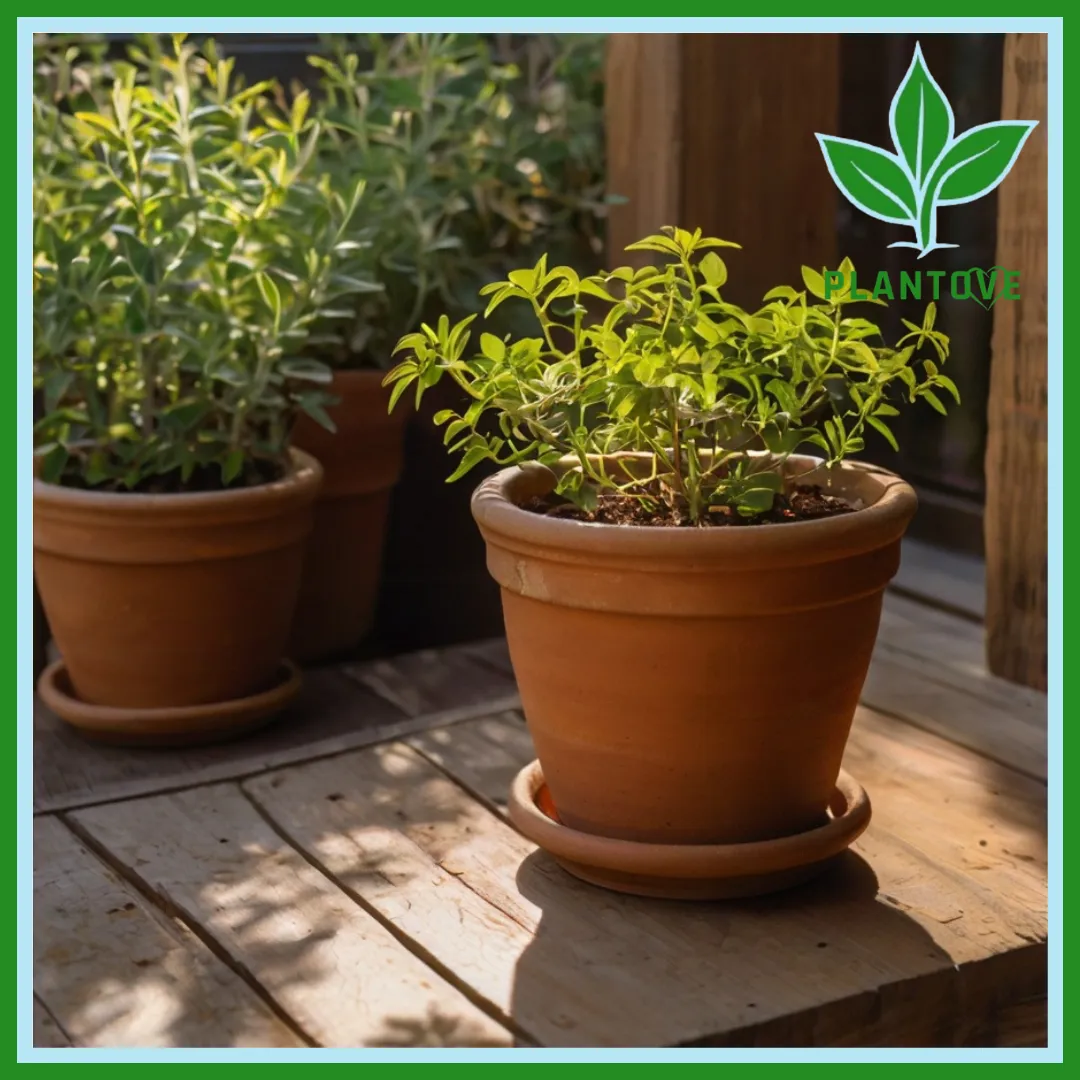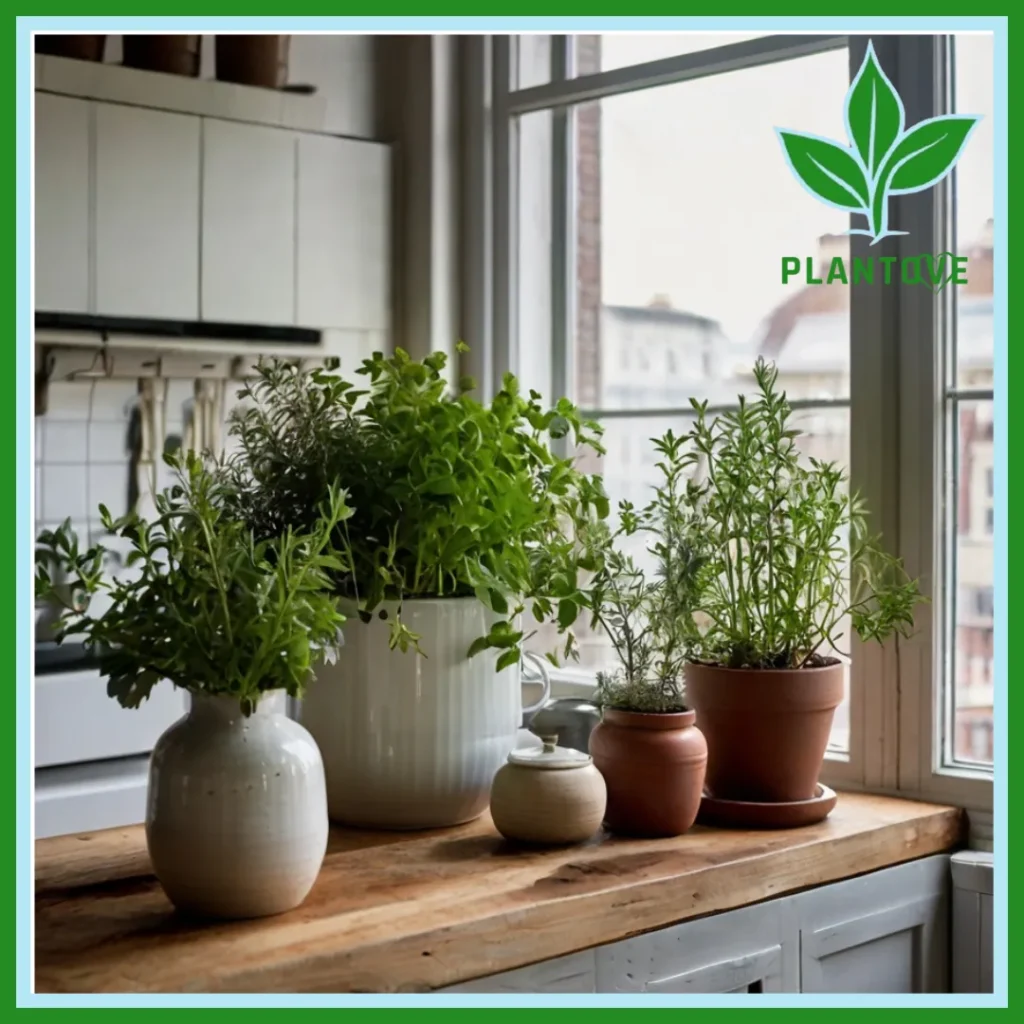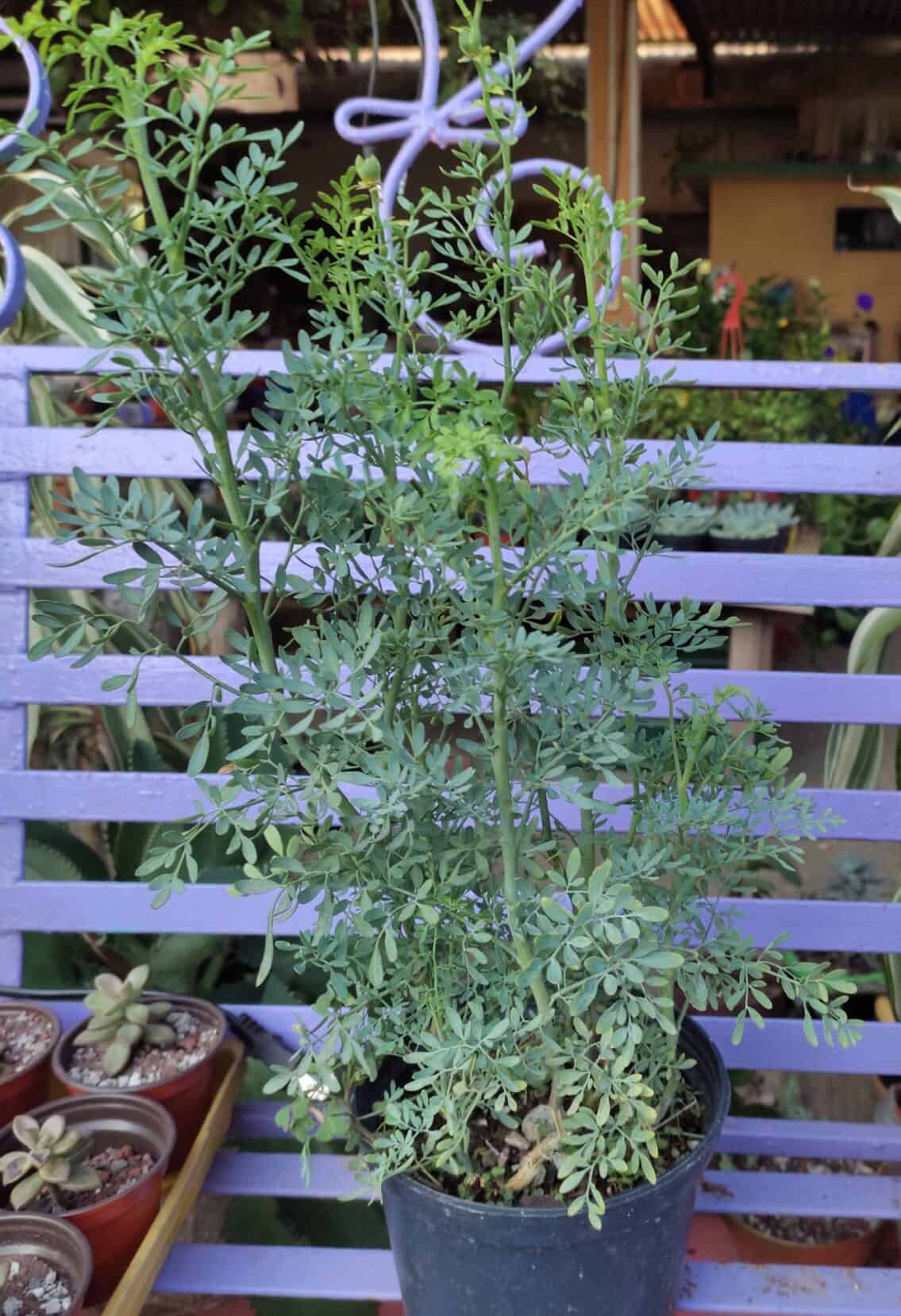The Ruda Plant - A Timeless Green Helper
Have you ever heard of the ruda plant, also called rue? This amazing green helper, a small perennial shrub, has been around for ages, growing naturally in places like the Mediterranean region, the Balkan Peninsula, and parts of Southern Europe and Asia, so it's been a part of many cultures for a very long time, actually.
People across the globe have grown this plant in their gardens, often because of its pretty bluish-green leaves, which are quite distinctive, you know. It's also pretty tough, able to handle hot, dry ground, which makes it a good choice for different climates, and it just keeps going, more or less. This plant has a very long story, often used in old ways of healing and for what it means in different traditions, too it's almost like a living piece of history.
From its strong, unique smell to its bright yellow flowers that pop up in warmer months, the ruda plant is more than just a pretty face in the garden; it's got a lot of history and practical uses, honestly. We're going to talk about how folks have used this plant for health, in the kitchen, and even in special practices, and how you can care for it yourself, too.
Table of Contents
- What is the Ruda Plant, Anyway?
- Why Have People Used the Ruda Plant for So Long?
- Can You Use the Ruda Plant in Your Kitchen?
- How Do You Grow and Care for a Ruda Plant?
- Are There Any Downsides to the Ruda Plant?
What is the Ruda Plant, Anyway?
The ruda plant, known to some as rue, is a really interesting type of green growth, you know, a small shrub that keeps living year after year. Its proper name, for those who like to know, is Ruta graveolens, and it belongs to a group of plants called the Rutaceae family. This particular plant is a true survivor, typically growing in places with a warmer climate, and it often becomes a long-lasting part of a garden, actually.
The Ruda Plant's Roots - Where Does It Come From?
This particular green thing has its origins in certain parts of the world, specifically making its first appearance in the Mediterranean area, which includes places like the Balkan Peninsula, and some spots in Southern Europe and Asia, too it's almost like it spread out from those sunny regions. Because of where it started, the ruda plant has a natural ability to put up with tough conditions, like ground that isn't very rich in nutrients and periods without much rain, so it's quite resilient, really. People have brought this plant to gardens all over the planet, often because it can handle warm, dry ground, making it a favorite for many garden keepers, you know.
How Does the Ruda Plant Look and Smell?
The ruda plant has a look that stands out, typically showing off leaves that have a lovely bluish tint, which is pretty distinctive in a garden setting, honestly. These leaves also give off a very strong, noticeable scent, a smell that many find quite unique, and it's this aromatic quality that often makes people want to grow it, you know. When the warmer months arrive, this plant puts on a show with clusters of yellow blooms, adding a splash of bright color to its green body, and these flowers, too, have a purpose beyond just looking nice, as they bring in little flying creatures that help plants grow, like butterflies.
It's an evergreen type of shrub, meaning its leaves stay green and present all through the year, which is a nice feature for any garden, especially when other plants might lose their foliage, actually. While it looks appealing and smells distinct, the taste of the ruda plant is quite sharp and not sweet, and it can even have a sensation that makes your mouth feel a bit numb, so it's definitely something you notice, you know.
Why Have People Used the Ruda Plant for So Long?
The ruda plant has a very long story of being used by people for many different things, stretching back centuries, in fact. It's not just a pretty plant; it has a deep connection to human practices, both for health and for what it means in various cultures, honestly. People have found many practical ways to use this plant, from putting its parts into old healing methods to using it in certain cultural practices, you know.
The Ruda Plant in Traditional Healing
For a very long time, the ruda plant has been a part of traditional ways of caring for health, with its leaves, flowers, and even its tiny seeds being used in various mixtures and remedies, you know. People have believed this plant has certain qualities that could help with different body issues. For instance, some folks have thought that the ruda plant could offer some comfort for swelling or aches, and possibly help with problems related to digestion, which is quite interesting, actually.
There's also a history of it being considered helpful for matters of the heart and for issues with breathing, and even for skin concerns, though it's important to remember these are traditional beliefs, you know. The ruda plant is known for having certain natural properties that people in the past believed contributed to its health-supporting actions, making it a valued part of old healing practices, more or less. Its strong scent and bitter taste were often seen as signs of its power, too it's almost like a natural medicine chest.
Spiritual Meanings of the Ruda Plant
Beyond its use for physical well-being, the ruda plant has a rich history in various spiritual and cultural practices, honestly. For centuries, people have turned to this plant for its perceived ability to bring about a sense of cleanliness or to clear away negative feelings from places and items, you know. It has been seen as a tool for offering a sense of safety or guarding against bad influences, and some even believe it brings good fortune, which is quite a powerful set of ideas, actually.
The ruda plant is considered a significant helper in these kinds of ritual activities, known for its strong presence and its connection to older traditions, you know. Its use in these practices shows how deeply intertwined this plant is with human beliefs and hopes, providing a sense of comfort and a feeling of being protected for many people, in a way. It’s a symbol of purification and good vibes for a lot of folks, apparently.
Can You Use the Ruda Plant in Your Kitchen?
Yes, people have used the ruda plant in cooking, though it's not as common as other herbs, and it's typically used in very small amounts, you know. Its taste is quite sharp and can be a bit numbing, so it's not something you'd add generously to most dishes, actually. In some older cooking traditions, particularly in certain regions, it was included to give a very specific, strong flavor to certain foods or drinks, more or less.
It's important to remember that while it has a history of culinary use, it's a herb that needs to be handled with care when thinking about eating it, you know. Its powerful taste and effects mean it's not for everyday use like parsley or basil, but rather a unique addition for those who know how to work with its particular qualities, and for very specific dishes, too it's almost like a secret ingredient. Always be careful and know what you're doing if you consider using the ruda plant in your food, honestly.
How Do You Grow and Care for a Ruda Plant?
Growing and taking care of a ruda plant is something many garden enthusiasts enjoy, as it's known for being quite a tough and adaptable plant, you know. It doesn't ask for too much fuss once it's settled in, which makes it a good choice for people who might not have a lot of time for constant garden tending, actually. Knowing a few key things about its needs will help your ruda plant thrive and look its best, more or less.
Picking the Best Spot for Your Ruda Plant
When you're thinking about where to put your ruda plant, it really likes places where it can get a lot of sun for most of the day, so a sunny spot is usually the best bet, you know. It can also do pretty well in areas that get some sun but also some shade during the day, which shows how adaptable it is, actually. As for the ground it grows in, the ruda plant isn't too picky; it can handle soil that isn't super rich or perfect, which is great for many gardens, honestly.
One of its really good qualities is that once it's had some time to get its roots established, it can put up with periods of dryness without much trouble, so you don't have to worry about watering it constantly, you know. This ability to withstand dry spells makes the ruda plant a strong choice for gardens in warmer or drier climates, or for those who prefer plants that don't need a lot of watering attention, in a way.
Keeping Your Ruda Plant Healthy
To keep your ruda plant looking good and growing well, giving it the right amount of water is pretty important, especially when it's just getting started, you know. Once it's more mature, it won't need as much, but a good drink now and then during very dry periods will help it out, actually. Thinking about adding some plant food, or fertilizing, can be helpful too, but the ruda plant isn't a heavy feeder, so a little bit usually goes a long way, more or less.
Cutting back parts of the plant, a process called pruning, helps keep its shape nice and encourages new growth, you know. You can also do this to remove any parts that look tired or are getting too big, which keeps the ruda plant looking tidy and healthy, honestly. While it's generally pretty tough against garden pests, keeping an eye out for any little creatures that might try to bother it is always a good idea, so you can deal with them quickly if needed, you know.
Helping Your Ruda Plant Grow More
If you want more ruda plants, you can actually make new ones from your existing plant, a process known as propagating, which is pretty neat, actually. This often involves taking small pieces of the plant and helping them grow into new individual plants, you know. Learning how to do this means you can expand your collection of ruda plants or share them with others, which is a satisfying part of gardening, in a way.
For those who might want to keep parts of the ruda plant for later use, knowing how to gather and put away its leaves or other bits properly is helpful, you know. This ensures that the plant material stays good and useful for whatever purpose you have in mind, whether it's for its scent or its historical uses, honestly. Taking care of your ruda plant in these ways means you can enjoy its presence and its various qualities for a long time, too it's almost like having a living resource.
Are There Any Downsides to the Ruda Plant?
While the ruda plant has many interesting qualities and uses, it's also important to be aware that it can have some effects that might not be desirable for everyone, you know. Its strong properties mean it should be handled with a degree of care, especially if you're thinking about using it for anything beyond just looking at it in the garden, actually. Some people might find that touching the plant, particularly when it's sunny, can cause a skin reaction, so it's often a good idea to wear gloves when working with it, more or less.
Also, as we talked about, its taste is quite sharp and can be a bit numbing, and it's not meant to be eaten in large amounts, you know. If you are considering using the ruda plant for any purpose related to health or consumption, it is always wise to seek advice from someone who knows a lot about plants and their effects, just to be on the safe side, honestly. Knowing these things helps you enjoy the ruda plant responsibly and avoid any potential issues, in a way.

Ruda Plant: Benefits, Uses, and How to Care

Ruda Plant: Benefits, Uses, and How to Care

Discover the Health Benefits of Ruda Plant - Plants Craze